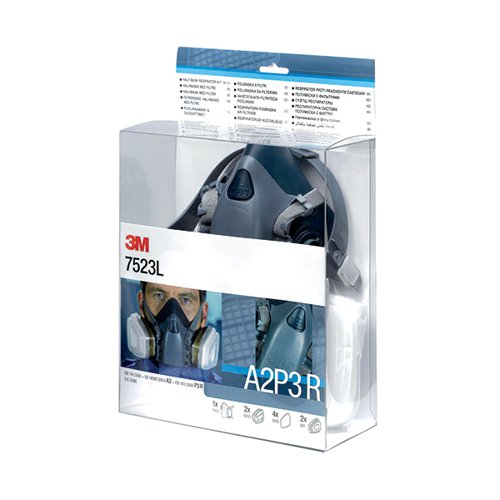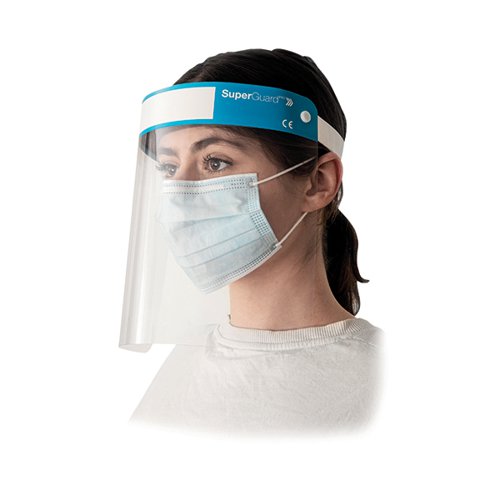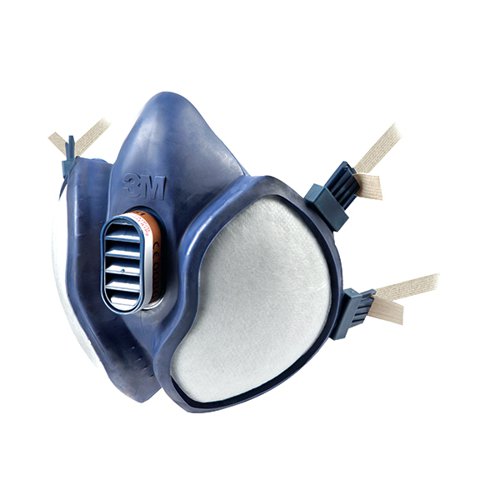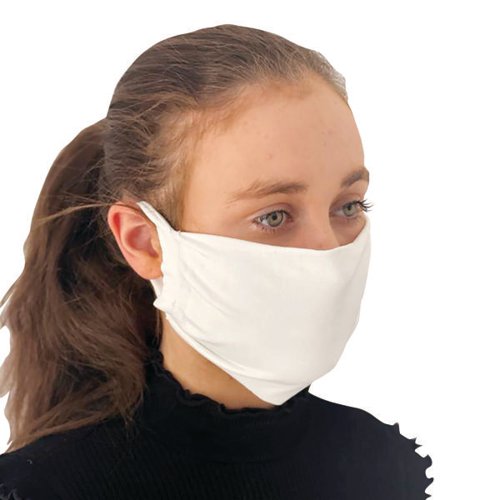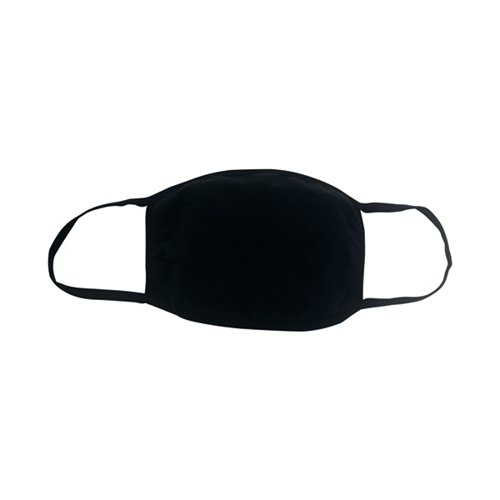Which Face Masks Are Best During the Coronavirus Covid 19 Pandemic?
IIR II Face Masks or N95 KN95 FFP3 FFP2 Respirators?
*Buy PPE Face Masks For Sale Here* IIR Masks now less than HALF PRICE!
Should I buy a Face Mask or a Respirator?
Even though a respirator may be referred to as a mask - they are not the same thing.
How and what are Face Masks used for?
- Face masks are loose fitting and cover the mouth and nose (such as the iir fluid resistant surgical masks FRSM pictured below)
- For an example, they would be worn in theatre during medical surgery to stop sneezing and coughing directly onto the patient and are sometimes referred to as splash resistant, water resistant or fluid repellent or antiviral face masks .
- Face masks are regulated under the UK Medical Devices Directives 93/42 EEC and are recognised as being dual purpose: protecting both the healthcare provider and the patient. All face masks should be CE marked as medical devices in accordance with the Medical Devices Directive 93/42 EEC.
- The surgical face masks have two standards. The lower specification regular one is referred to as "ii" (not fluid/splash resistant) and the higher specification fluid resistant face mask is referred to as iir/IIR.
- The type IIR standard EN14683 requires fluid resistance of 120 mm/Hg (mercury) which means it provides greater protection and at least 95% filtration efficiency and is referred to on UK Government website regarding PPE and infection provention from Covid 19. https://www.gov.uk/government/publications/wuhan-novel-coronavirus-infection-prevention-and-control/covid-19-personal-protective-equipment-ppe#section-10point1
"Fluid resistant surgical masks
Fluid-resistant (Type IIR) surgical masks (FRSM) provide barrier protection against respiratory droplets reaching the mucosa of the mouth and nose. FRSMs should be well fitted and subject to the same level of care in use as respirators (section 10.1). FRSMs are for single use or single session use (section 6) and then must be discarded. The FRSM should be discarded and replaced and NOT be subject to continued use in any of the circumstances outlined for respirators (section 10.1).The protective effect of masks against severe acute respiratory syndrome (SARS) and other respiratory viral infections has been well established. There is no evidence that respirators add value over FRSMs for droplet protection when both are used with recommended wider PPE measures in clinical care, except in the context of AGPs."
It goes on to say that surgical masks should:
- cover both nose and mouth
- not be allowed to dangle around the neck after or between each use
- not be touched once put on
- be changed when they become moist or damaged
- be worn once and then discarded – hand hygiene must be performed after disposal
How and what are Respirators used for?
- Respirators are a masks but they are tight fitting, designed to create a seal when worn on the face.
- They are designed to protect the wearer, up to the safety rating when worn properly.
- They are available in either disposable (with a valve or non-valved), half or full face.
- Non valved respirators give good protection - a two way protection by filtering both the inflow and outflow from the wearer.
- Valved respirators make it easier to breathe and there is less moisture build up inside but..
- Valved respirators give one way protection only as they filter the wearers outflow/breath but they dont filter the inflow

Standards of Respirator
Respirators are designed to protect the wearer as detailed above.
The most well known respirator is the N95, which is an American standard of face mask.
Europe uses two different standards FFP and EN. The Filterering Face Piece (FFP) comes from EN standard 149:2001.
Then the EN 143 standard covers P1 - P2 - P3.
| Respirator Standard | Filter Capacity (removes x% of all particles that re 0.3 microns in diameter or larger |
| FFP1 & P1 | At least 80% |
| FFP2 & P2 | At least 94% |
| N95 | At least 95% |
| N99 & FFP3 | At least 99% |
| P3 | At least 99.95% |
| N100 | At least 99.97% |
The table above shows that the closest European equivilent to N95 is FFP2/P2 rated respirators , which are rated at 94%, compared to 95% of the N95 respirator.
The closest rating to the N100 would be the P3 respirators with the FFP3 following on from that.
It is also important to note that these standards only specify the MINIMUM % particles that the respirator filters . So for instance if a mask is N95 rated, it will filter out AT LEAST 95% of particles that are 0.3 microns diameter or bigger.
The Chinese standard KN95 has the same specification as the American N95 respirators.
Always buy from a reputable seller.
How big is the Coronavirus Covid 19 particle size and can masks or respirators protect you?
The particle size of coronavirus is around 0.1 microns - (which is bigger than the filter size of 0.3 microns)
The UK Government recently published guidance of Covid 19 and Personal Protective Equipment PPE which can be found here
FFP3 and N100 respirator masks which filter out between 99.95% and 99.97 of particles bigger than 0.3 microns ,are understandably, in very short supply to the general public. However the UK Government has stated in this document:-
"The HSE has stated that FFP2 and N95 respirators (filtering at least 94% and 95% of airborne particles respectively) offer protection against COVID-19 and may be used if FFP3 respirators are not available." which provides clarity on protecting yourself, workers and loved ones from Coronavirus Covid 19.
There are many businesses and individuals who will not be able to afford or even obtain the FFP2 and N95 respirator masks and the UK Government also states
"Fluid resistant surgical masks
Fluid-resistant (Type IIR) surgical masks (FRSM) provide barrier protection against respiratory droplets reaching the mucosa of the mouth and nose. FRSMs should be well fitted and subject to the same level of care in use as respirators (section 10.1). FRSMs are for single use or single session use (section 6) and then must be discarded. The FRSM should be discarded and replaced and NOT be subject to continued use in any of the circumstances outlined for respirators (section 10.1).
The protective effect of masks against severe acute respiratory syndrome (SARS) and other respiratory viral infections has been well established. There is no evidence that respirators add value over FRSMs for droplet protection when both are used with recommended wider PPE measures in clinical care, except in the context of AGPs."
which I was surprised about but then as the N95 / FFP2 respirator would normally be fitted properly against the face as opposed to the Fluid-resistant (Type IIR) surgical masks (FRSM) which is generally more loose fitting, then the N95 /FFP2 respirator beats the Fluid-resistant (Type IIR) surgical masks (FRSM) every time. But it is useful to know that the Fluid-resistant (Type IIR) surgical masks (FRSM) provides effective protection against droplet protection (when used with recommended PPE) and of course they are substantially cheaper and more readily available.
*IIR means this type of surgical mask of a certain standard
Recommended PPE (Personal Protective Equipment) to use by Sector
To find out which PPE has been recommended , please click on the PDF links below which are tables that show you a full recommended specification of PPE Personal Protective Equipment based on which sector you are in .As recommended by Public Health England as at 28th April 2020.
As an informational note, sessional use of a mask or other PPE describes how you use the equipment and not to a specifice product. ie there are not "sessional use masks" available, but you may use a mask for sessional use.
The below are PDFs - please click on appropriate link.
Health Care Workers
Primary, Outpatient, Community and Social Care
Ambulance Staff, Paramedics, Othe Patient Transport Services, Pharmacy Staff
Recommended PPE for ambulance staff, paramedics, other patient transport services and pharmacy staff
Additional Considerations where there is sustanained transmission of COVID 19
Always purchase from a reputable supplier. There are many many fake non standard approved and poorly made respirators, masks and PPE out there which will not provide protection.
The information supplied here is authentic to the best of the authors knowledge, and as such, it is prone to errors and it is possible for there to be absence of some key information. This has been generated in good faith and should not be perceived as professional advice in regards to health, finance or any other field.
28/04/2020
Shop online our current range of Face Masks and Respirators for sale that are in stock or due into stock and available to buy. Click Medical, Wondo, 3M, JSP and many other brands available to buy.
UPDATE: 4th June 2020 - Today it was announced that if travelling on public transport from 15th June 2020 you would be required to wear a face mask covering or you could face a fine. Choose from one of our face masks in stock and for sale online or alternatively the UK Government have a help page on how to make your own face covering pattern to use on public transport.
https://www.gov.uk/government/publications/how-to-wear-and-make-a-cloth-face-covering/how-to-wear-and-make-a-cloth-face-covering



_surgical_face_masks_(frsm)_protective_disposable_3_ply_medical_en14683_certified_bulk_pack_box_free_delivery_2_1637836247.png)
